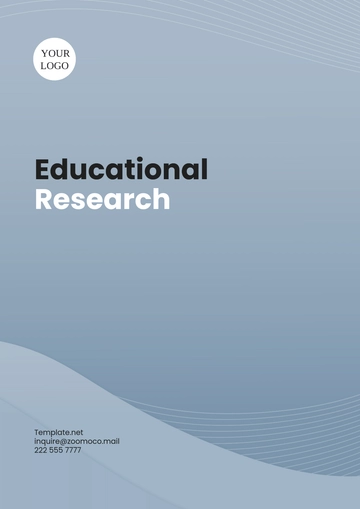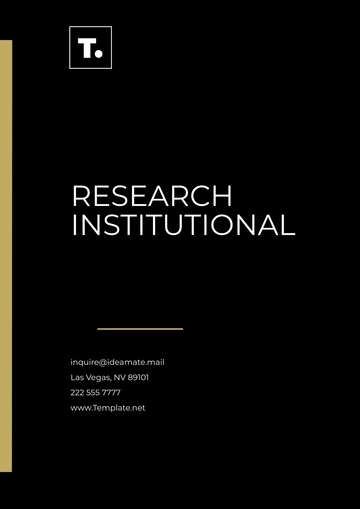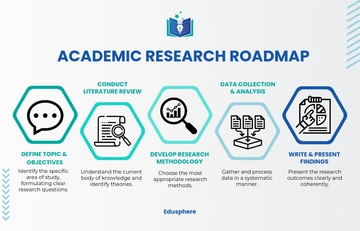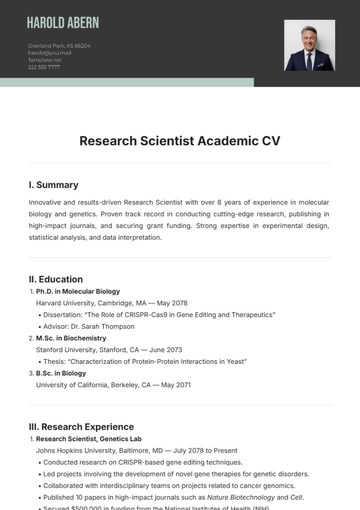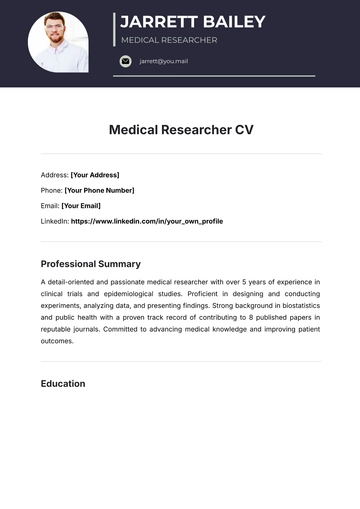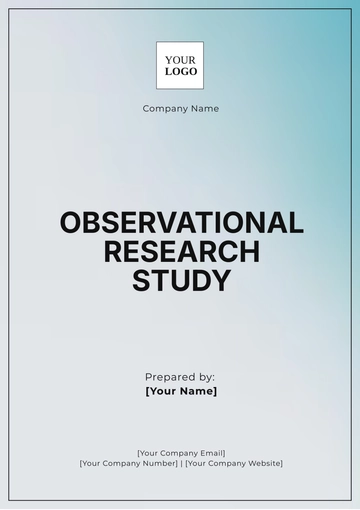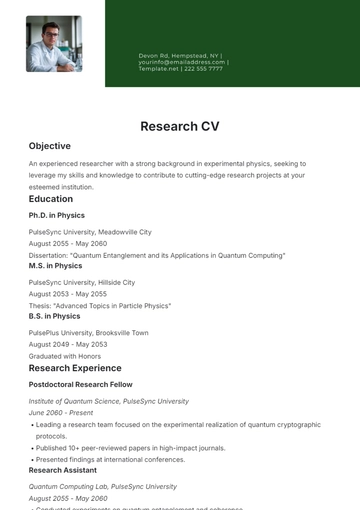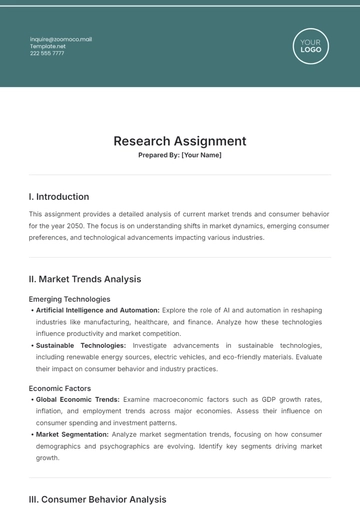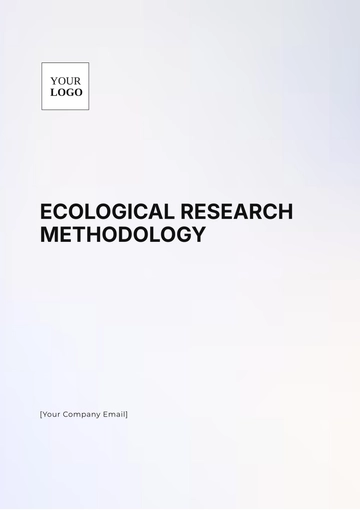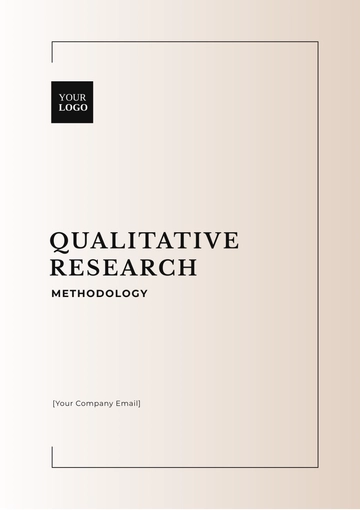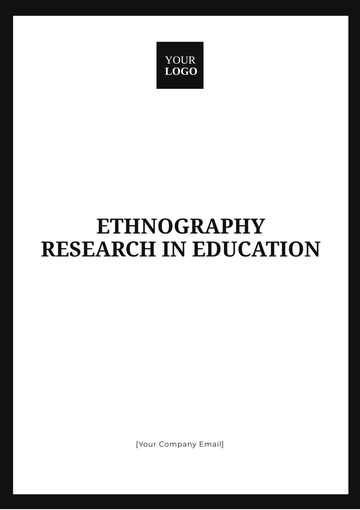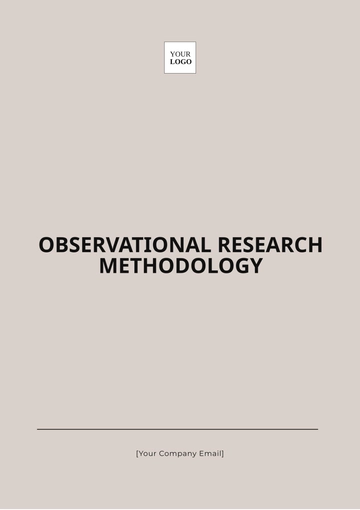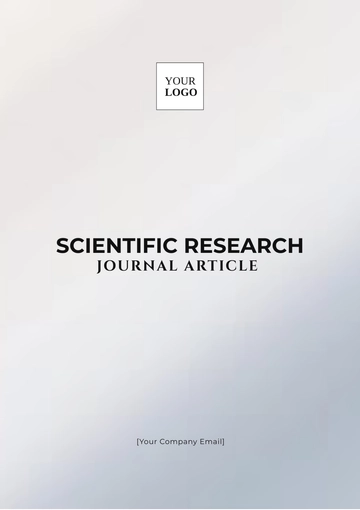Free Secondary Academic Research

I. Introduction
The introduction outlines the research topic's relevance and the objectives of the secondary academic research conducted by [Your Company Name]. In this instance, we examine the impact of environmental conservation efforts on biodiversity in tropical rainforests. This research aims to synthesize existing literature to evaluate the effectiveness of various conservation strategies and identify areas requiring further investigation.
II. Literature Review
The literature review provides a comprehensive summary and evaluation of existing studies related to environmental conservation and biodiversity in tropical rainforests. The review highlights key findings from various studies, including the effectiveness of protected areas, community-based conservation efforts, and the impact of climate change on biodiversity.
III. Methodology
This section details the methodology employed by [Your Company Name] to gather and analyze secondary data:
Sources Reviewed: Academic journals, conservation reports, environmental impact assessments, and case studies from reputable sources.
Criteria for Inclusion: Studies published between 2050 and 2070, focusing on tropical rainforest conservation, peer-reviewed articles, and reports from recognized conservation organizations.
Approach: Systematic review and meta-analysis of the selected studies to identify common themes, assess the effectiveness of conservation strategies, and evaluate the impact on biodiversity.
IV. Results
Source | Key Findings | Author(s) | Year |
|---|---|---|---|
Smith et al. (2052) | Found that protected areas significantly increase species diversity. | Smith, A., Brown, J. | 2052 |
Johnson and Lee (2054) | Community-based conservation programs effectively reduce poaching. | Johnson, M., Lee, C. | 2054 |
Nguyen et al. (2056) | Climate change impacts have led to shifts in species distribution. | Nguyen, T., Patel, R. | 2056 |
Williams (2061) | Evidence that habitat restoration enhances biodiversity recovery. | Williams, H. | 2061 |
V. Discussion
Key Finding | Implications | Comparison with Existing Theories |
|---|---|---|
Finding 1 | Protected areas are crucial for preserving species. | Supports the theory of habitat preservation by protected areas. |
Finding 2 | Community-based programs can reduce illegal activities. | Aligns with participatory conservation theories. |
Finding 3 | Climate change significantly affects species distribution. | Confirms climate change theories related to species migration. |
Finding 4 | Restoration projects contribute to biodiversity recovery. | Supports the efficacy of habitat restoration strategies. |
VI. Recommendation
Recommendations for Future Research |
|---|
Investigate the long-term effects of protected areas on ecosystem health. |
Explore the role of local communities in conservation and their impact on policy. |
Study the interaction between climate change and habitat loss in detail. |
Examine the sustainability of restoration projects and their impact over time. |
VII. Conclusion
In conclusion, the secondary academic research conducted by [Your Company Name] highlights the critical role of protected areas, community-based programs, and habitat restoration in enhancing biodiversity in tropical rainforests. The synthesis of existing literature underscores the effectiveness of these strategies but also identifies significant challenges related to climate change and long-term sustainability. Future research should focus on exploring the interactions between conservation efforts and changing environmental conditions, as well as the role of local communities in sustaining conservation outcomes.
- 100% Customizable, free editor
- Access 1 Million+ Templates, photo’s & graphics
- Download or share as a template
- Click and replace photos, graphics, text, backgrounds
- Resize, crop, AI write & more
- Access advanced editor
The Secondary Academic Research Template on Template.net is ideal for thorough secondary research. This editable and customizable template helps you organize and present secondary data efficiently. Editable in our AI Editor Tool, it offers the flexibility to tailor the template to your specific research needs and academic standards, ensuring accurate and effective results.



